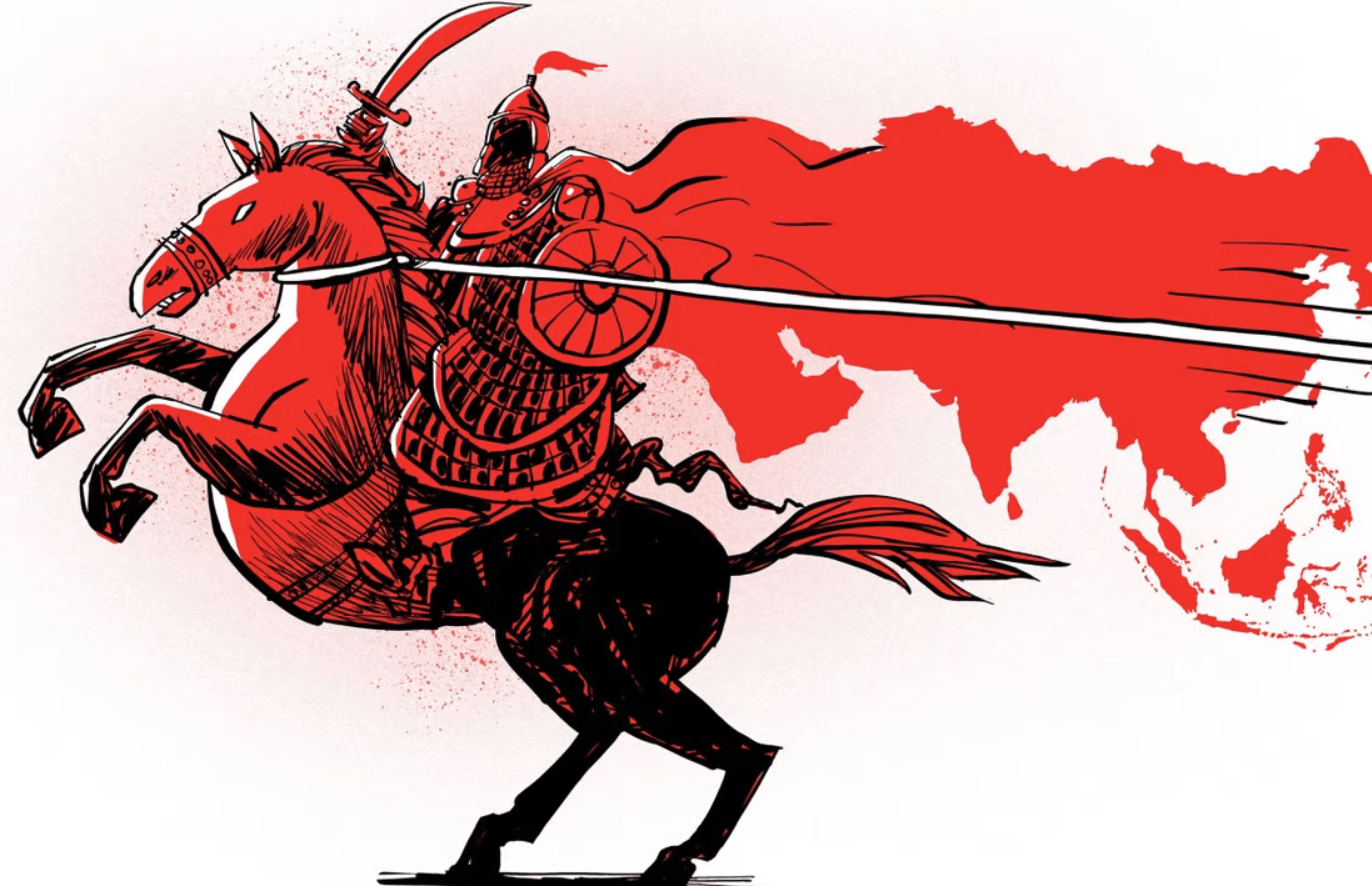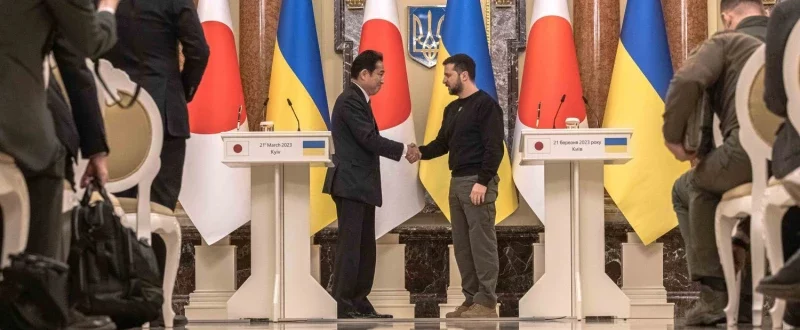Ukraine War a Reminder to Asia to Move Past Its Old Rivalries and Insecurities
SOUTH CHINA MORNING POST
APLN member C. Uday Bhaskar outlines two broad lessons for Asia arguing that Ukraine war should be a reminder to Asia to move past its old rivalries and insecurities. Read the full article here.
The Russian invasion of Ukraine on February 24 is poised to enter its third month. Given its European geography, strategic locus and sociopolitical history, this war has received more attention and coverage than many equally, if not more, tragic wars in Asia and Africa in the post-Cold-War decades.
Nevertheless, the damage and destruction has been considerable. Casualties among those involved in the fighting number in the thousands, while millions of people have been displaced within Ukraine or fled the country. As of April 15, the Office of the United Nations High Commissioner for Human Rights had recorded 4,633 civilian casualties in Ukraine: 1,982 killed and 2,651 injured.
Russia has lost a major warship, the missile cruiser Moskva, built in Ukraine and commissioned in 1982, when it was a republic of the former Soviet Union. Ukraine claims its missiles struck and sunk the Moskva, highlighting the fratricidal nature of the war. Its origins go back further than the end of the Cold War in 1991 to the Christian contestation between Kyiv and Moscow, which dates back at least 300 years.
There is no end in sight, either, with one commentator warning that the US and Nato will support the war to the “last Ukrainian”. There is also anxiety that, if cornered, Russian President Vladimir Putin could resort to using nuclear weapons.
But he also added a note of reassurance, saying that despite the “rhetorical posturing” by the Kremlin, “we haven’t seen a lot of practical evidence of the kind of deployments or military dispositions that would reinforce that concern.”
However, on April 20, Russia conducted the first test of a new Sarmat intercontinental ballistic missile. Putin said that not only would it strengthen the combat potential of the military, it would also “provide food for thought for those who, in the heat of frenzied aggressive rhetoric, try to threaten our country”. Meanwhile, Russia now has a stranglehold over Mariupol, a significant military victory.
That events have come to this is a reflection of the inadequacy of Europe’s security and political template, put in place after the Cold War ended.
In the decades that followed, it was often asserted that most of Europe, consolidated under the broad umbrella of the European Union, had arrived at a plateau of peace and prosperity and that this was enabled by the US-led Nato security architecture.
The fact that Nato had been created to deal with the Soviet threat during the Cold War and that the Soviet Union had been confined to history did not lead to empathetic “democratic” accommodation of a nascent Russia.
Paradoxically, this war has resulted in the worst-case scenario unfolding for Russia: a revitalised US-led Nato, a Germany now committed to enhancing its military capability, a Switzerland that has shed neutrality and – perhaps the most disquieting development – the intent of Finland and Sweden to join Nato.
Military security-related discord will be exacerbated in Europe for the next decade as a result of this war, even as the world seeks to stabilise from the Covid-19 pandemic and economic impacts of climate change.
It would be premature to dwell on “lessons” from a war that is still ongoing, but Asia may take two broad pointers. The first is that geography is immutable and shapes history.
The second is that history can be recorded and recalled in a selective and burnished manner to advance a sectarian cause. Stoking insecurity by demonising the “other” has long been a feature of regional history and every century has its variant of the enemy.
Asia is being projected as the engine of the global future with its principal stakeholders being China, Japan and India, along with the Association of Southeast Asian Nations members and West Asia. Each of these has its inherited security dissonances and many wars have erupted post World War II involving China, Korea, Vietnam, Afghanistan, Iran, Iraq, India and Pakistan.
The near future for Asia will be one of overcoming many global challenges which threaten to sink all boats. The current Covid-19 constraints and global warming are the tip of the iceberg. The political orientation of Asia’s major nation-states is also unlikely to undergo radical change.
Old rivalries and insecurities cannot be totally erased from the collective consciousness but as American writer Susan Sontag sagely observed: “Too much remembering embitters. To make peace is to forget. To reconcile, it is necessary that memory be faulty and limited.”
Whatever the provocations and pent-up insecurities, Asia must resolve not to go down the Ukraine path or threaten to break the nuclear taboo. Can the BRICS summit, involving Brazil, Russia, India, China and South Africa and hosted by Beijing in June, be the forum for such a commitment?
Illustration: Stephen Case




